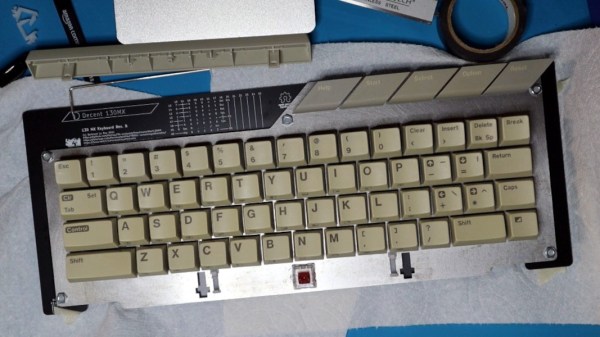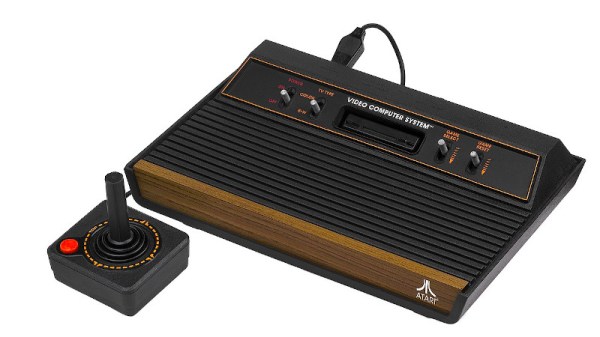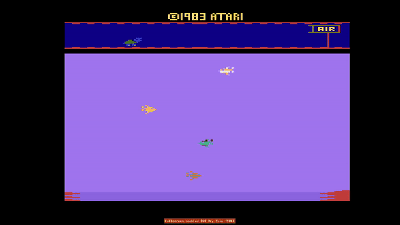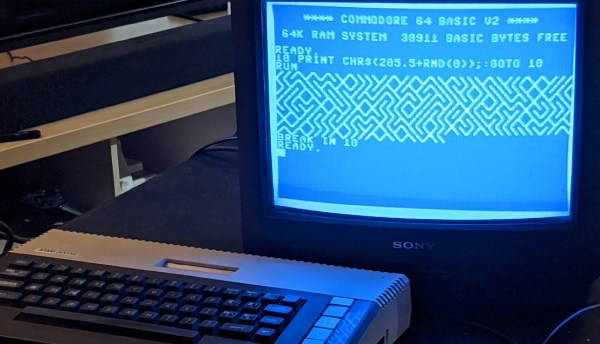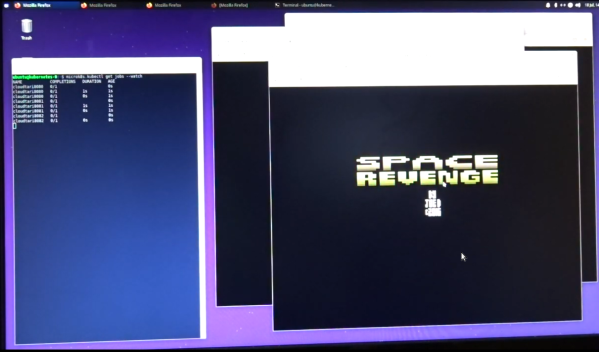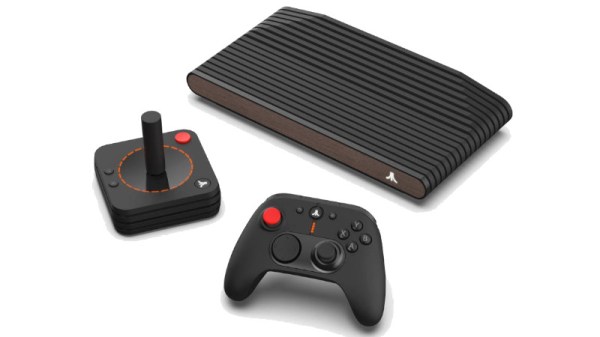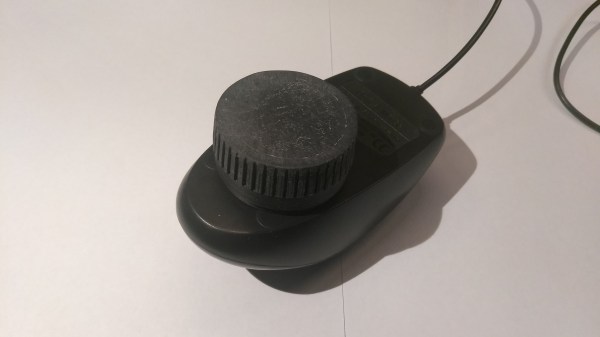Performing a resto-mod on a beloved piece of childhood technology can be quite a ride. In [Bertrand]’s case, it was the keyboard to their Atari 130XE. Although it has those cool double-shot keycaps, they’re hiding a crappy membrane underneath that could really benefit from a mechanical upgrade. Relax — the membrane part was broken.
[Bertrand] designed and printed some new stems for Kailh box pinks that can accept both of the two known variants instead of the standard Cherry MX receptacle. He also made a new PCB (natch) and a keyboard adapter to replace the membrane interface, and had a steel keyswitch plate custom cut. The so-called Atari 130MX mod can be used with an Atari 130XE computer, or as a regular keyboard for a PC if you solder in a Pico.
[Bertrand] says that this labor of love was meant to be reproduced and told us that for some folks in the Atari community, it’s already on like Donkey Kong. If you’re going to attempt this mod, know that filament printers won’t work well at all for these tiny and precise parts. [Bertrand] printed the stems on an Elegoo with a resolution of 1/20 mm (50 micrometers). On the bright side, old-new stock Atari keycaps are not that hard to find. Check it out after the break.
We love to see vintage keyboards get modern upgrades. Did you see the nuclear missile silo keyboard/trackball combo? When we read that it came from ebay, our wallet took itself to DEFCON 1.

